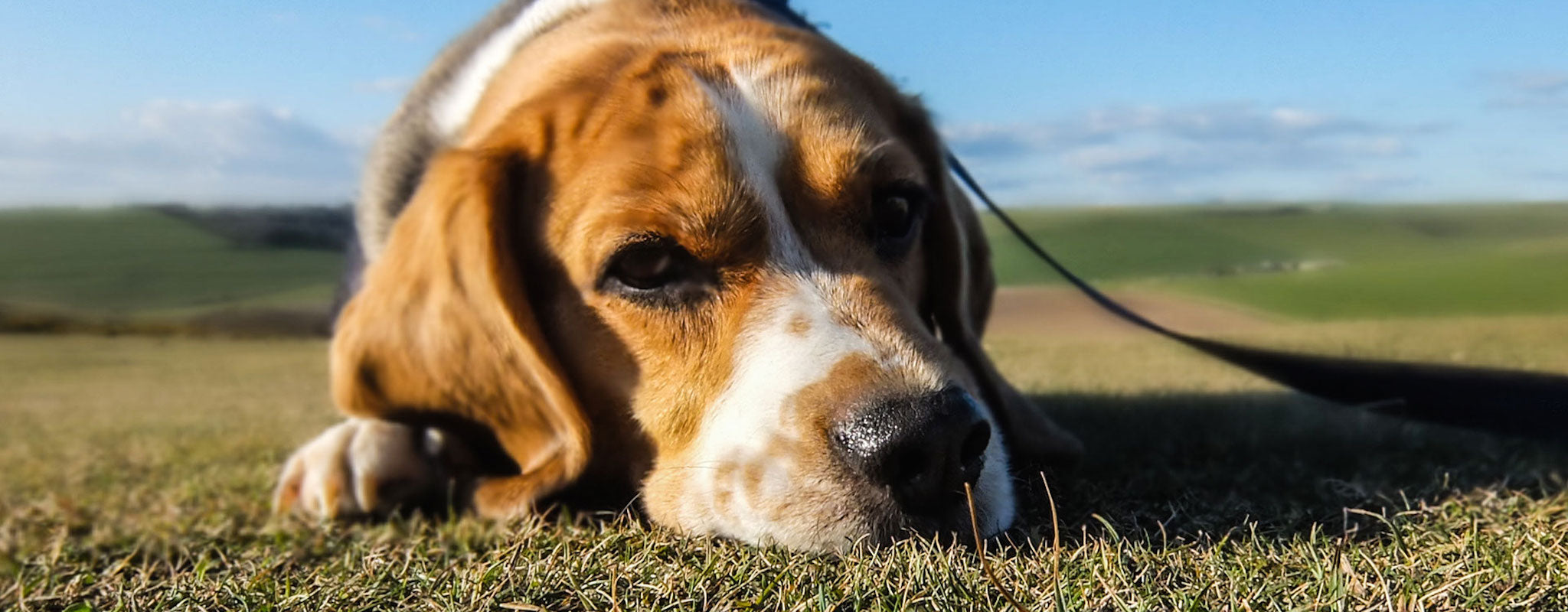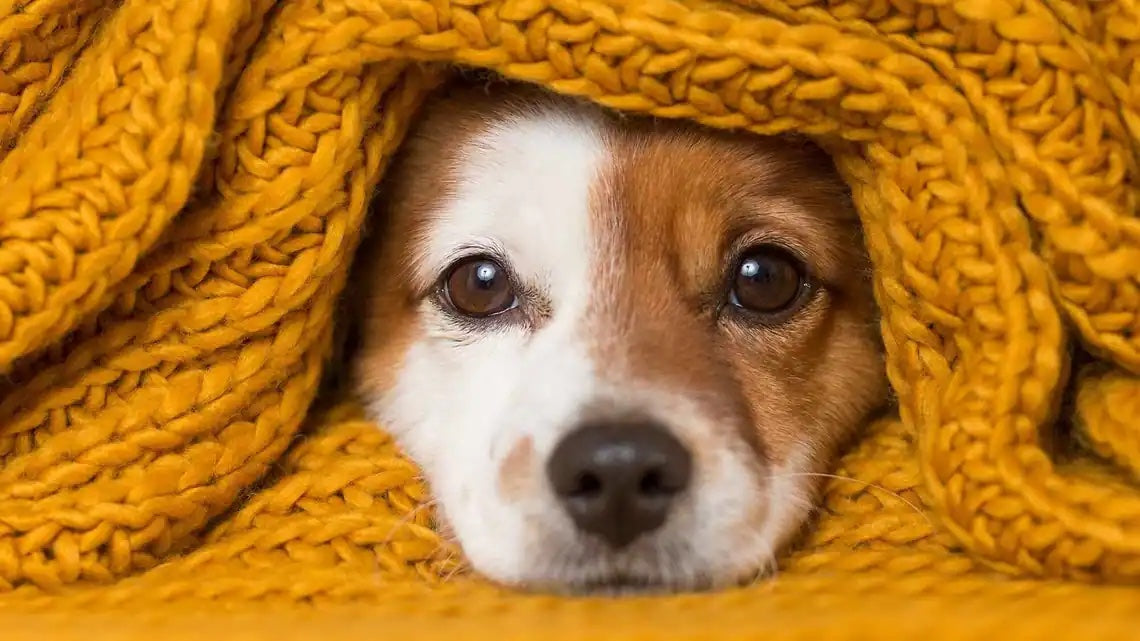Every pet owner has smelt what's been dealt, and then been forced to clean up the mess that follows. The bad news is diarrhea and constipation is common for dogs and cats. The good news, however, is that there are natural ways to prevent it from happening. Read on to keep your pet regular and your carpets (hopefully) clean.

The Problem
Whether your pet is pooping too little or too much, the culprit is usually the gastrointestinal system, particularly the intestines (also known as the bowels). It’s the job of the bowel to absorb nutrients and discard leftovers, all of which requires the proper balance of water in your pet’s system. Too much water, you get diarrhea; too little, then it’s constipation. Here are some of the most common causes of each.
Diarrhea

Novel Food Items
Table food, diet change, garbage on the street, new treats, kitty litter…your pets love to experiment, but rapid diet changes can cause gut inflammation, introduce bad bacteria, or be poorly absorbed – all resulting in an increase in water and diarrhea.

Gut Microflora Imbalance
Bacteria is essential for proper digestion within the gut. Anything that causes an imbalance – like too much sugar (carbs), dairy, or antibiotics can change the pH of the gut, and allow for the growth of bad and/or toxin producing bacteria. Your pet’s body wants to flush these out and, so, diarrhea.
Constipation

Dehydration
When dehydrated, your pet’s body will absorb water from its bowels, causing harder and drier stools that won’t pass. Ouch!

Fiber Deficiency
Fiber assists with increasing colonic motility which prevents over absorption of water from feces.

The Solution: Pass the Fiber!
It's helpful to learn a little bit about fiber, which can be sorted into two different types: soluble and insoluble.
Soluble Fiber
An excellent for cat and dog diarrhea and constipation. It can be found in foods like pumpkin and flaxseed. Soluble fiber draws water, which helps with diarrhea and makes it a good dog and cat diarrhea treatment. As the water is absorbed, soluble fiber forms a gel-like substance that can help stools slide through the gastrointestinal tract, easing dog and cat constipation.
Insoluble Fiber
Acts as a laxative and helps with dog and cat constipation. It does not get dissolved, but instead bulks up stools to promote movement through the digestive system. This is good for bowel movement, but may also increase the bowel frequency making it a good dog constipation remedy.
Other Causes & Solutions
Your pet’s poopy problems may have some less common sources. But don’t worry, we can help!
Diarrhea

Food Allergies
Can cause gut inflammation that prevents the proper absorption of water and nutrition.
Supporting your pet's natural anti-inflammatory response, not only supports joint health, but may assist with gut health too!

Short-Term Stress
Pets are emotional. Diarrhea can occur when they start missing mum and dad, or even if they hear strange sounds in strange places. That’s because stress hormones cause the colon to contract and push out your next poopy problem.
To help your anxious pet de-stress, try a few spritzes on their coat and around the house of kin+kind's Lavender Calm Odor Neutralizer Spray.
Constipation

Obstruction
Anything blocking your pet’s stool from passing will cause water absorption.
Berries are a great source of fiber and help promote natural urine flow.

Trauma
Musculoskeletal or nerve trauma can harm intestinal movements.

When should I take my dog to the vet?
While brief cases of the squirts are common and should pass with some simple home remedies, if your pet’s diarrhea or constipation persists, they may have some more serious problems that should be discussed with your veterinarian. Long-term causes such as infections, diseases, and neurological disorders require medical attention. Consult your vet if you don’t see rapid improvement or if your pet has additional risk factors, including:
Age — very young or old dogs.
Intensity — sudden and profuse extremely loose (watery) stool.
Blood — bloody diarrhea in dogs that contain more than just a streak of blood; is dark and tarry.
Combined with other symptoms — vomiting, lethargy, fever, and/or pain.


